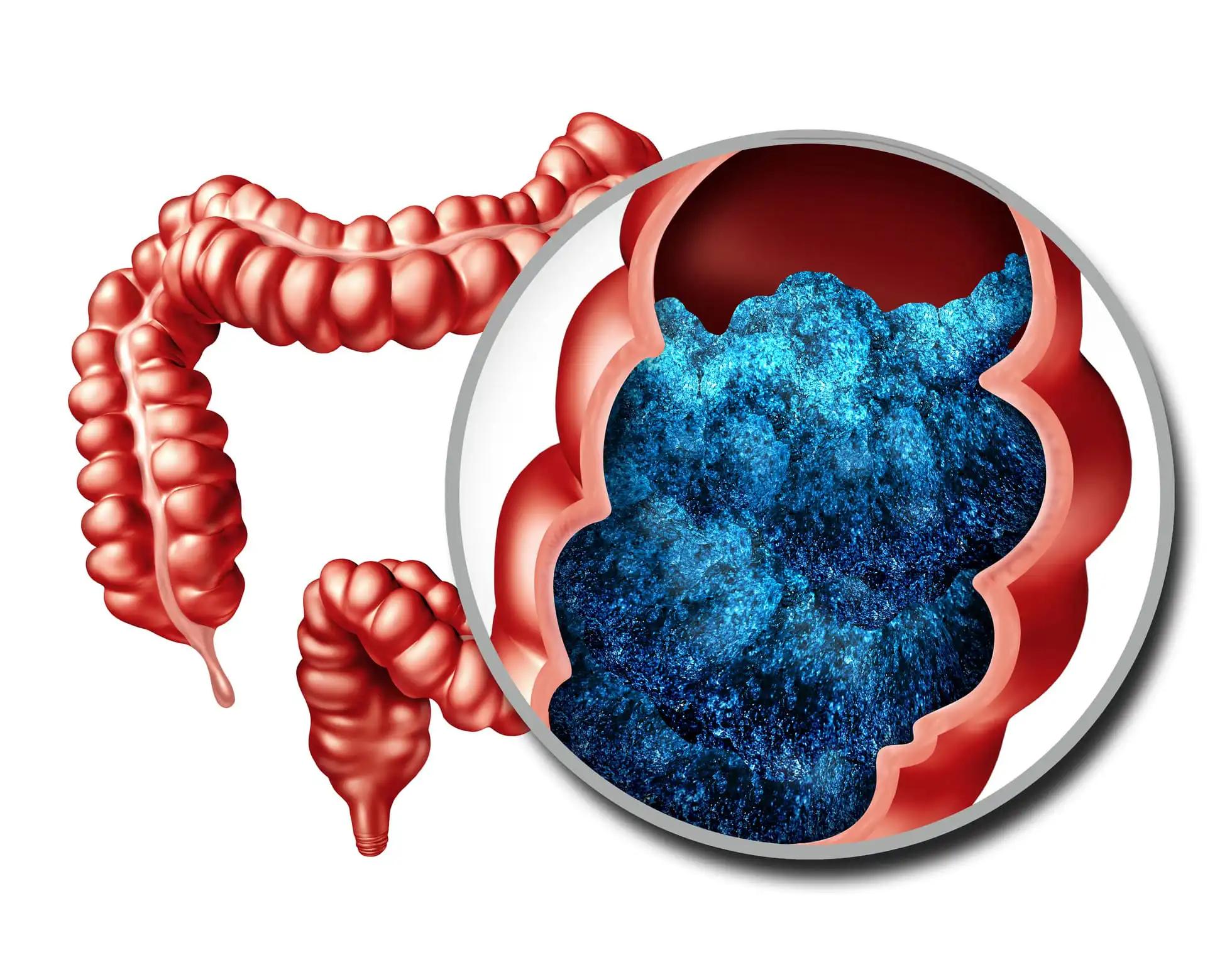KEY TAKEAWAYS
- The article describes long-term outcomes of allogeneic SCT following treatment with a prospective clinical trial of 10-day decitabine and venetoclax (DEC10-VEN) for patients with AML of phase 2.
- Venetoclax-based lower-intensity regimens are the current standard for older/unfit patients with newly diagnosed AML and are also increasingly used in the salvage setting.
- Allogeneic SCT following VEN-based regimens is safe and feasible in patients with AML.
- In the trial, 73% of patients achieved a response to DEC10-VEN, and 20% were able to proceed to SCT. The median follow-up duration was 29.1 months.
- Patients with treatment-naïve AML who were eligible to proceed to SCT derived significant benefit in OS with a median OS of 35.1 vs. 15.7 months in patients who were ineligible.
Lower-intensity Venetoclax (VEN)-based regimens are the current gold standard for elderly or medically compromised individuals with a new diagnosis of acute myeloid leukemia (AML). Similar treatment plans are also being implemented in the salvage context. In addition, AML patients have been proven to benefit from allogeneic stem cell transplantation (SCT) using VEN-based regimens (Mukherjee et al. J Clin Oncol 2019; Pratz et al. Blood 2019). Long-term results of a prospective clinical trial of 10-day decitabine and venetoclax (DEC10-VEN) for treatment-naive and previously treated AML are described herein (NCT03404193).
Methods: Patients in this phase II trial were given 20 mg/m2 of decitabine twice daily for 10 days during induction and once daily for 5 days during consolidation.
Cycle 1 VEN dosing was 400 mg daily on days 1–28, with dosing delayed on day 21 if bone marrow testing showed blasts below 5%. Some patients with myelosuppression may be able to shorten the duration of VEN in consecutive cycles. Patients with satisfactory organ function (ECOG PS 3) were included in this study. Patients with low-risk cytogenetic profiles were not included. Patients with a recent diagnosis of AML were either too old or too frail to undergo aggressive treatment. Patients in the relapsed/refractory cohort who had previously been treated with a BCL2 inhibitor were ineligible. When a response is achieved, patients who are candidates for SCT and have access to a donor can proceed with the procedure immediately. The definitions of response, OS, and RFS were taken from ELN2017. The results of survival were not censored at SCT.
The end of the collection of data was on July 26, 2022. 230 patients with AML, high-risk myelodysplastic syndrome, relapsed/refractory chronic myelomonocytic leukemia, or blastic plasmacytoid dendritic cell neoplasm were included between January 2018 and June 2022. Of the 201 patients diagnosed with AML, 146 (73%) achieved a CR/CRi/MLFS response, and 40 (20%) were eligible for SCT. This group included 21 patients with treatment-naive AML and 19 with R/R AML or AML after treatment for an antecedent hematologic disorder (AHD), such as MDS-EB (n=2) or CMML (n=1). Patients having SCT had a median age of 66 (range: 18-77), 25% were older than 70, 40% had R/R AML, 45% had ELN adverse risk illness, and 4% had previously undergone SCT.
Concomitant treatment with FLT3 inhibitors like gilteritinib and sorafenib was given to 14 patients in both groups. Except for four patients in the pre-treated group who experienced non-CR/CRi reactions such MLFS/aplasia, all patients who underwent SCT were in CR/CRi. Whereas 32 patients (70%) had no detectable MRD using flow cytometry (sensitivity 0.1-0.01%) before undergoing SCT, 8/40 patients (20%) still had detectable MRD after the transplant. The other four pts either did not have enough samples or were not tested for MRD. Methods of conditioning and different kinds of donors are summed up.
SCT was performed on average 3.5 months after the first DEC10-VEN cycle was given (range, 1- 12). (range 1.1-16.2). The average time spent following up was 29.1 months. Patients with AML who underwent SCT had a death rate of 8% (n=3) one hundred days after the procedure. Those who had never had any treatment before had a median OS of 35.1 months, while those who had received treatment had a median OS of 16.7 months. Median RFS was 23.5 months for treatment-naive patients and 12.9 months for previously received therapy. A landmark analysis of patients who achieved CR/CRi/MLFS and were still alive at 3.5 months showed that patients with treatment-naive AML who were eligible to proceed to SCT (n=21) derived significant benefit in OS, with median OS 35.1 vs. 15.7 months in patients who did not / were ineligible (n=60) (hazard ratio [HR] 0.47, 95% confidence interval [CI] 0.24, 0.76, p=.01).
Similarly, the median overall survival (OS) for patients with previously treated AML who proceeded to SCT in CR/CRi/MLFS (n=18) was 19.3 months, compared to 12.0 months for patients who were unable to undergo SCT (n=36) (HR 0.53, 95% CI 0.28, 1.01, p=.07). There were limitations to both studies due to confounding variables. At the time of the analysis’s cutoff, 19 patients (48%) were still alive, 8 patients (20%) had passed away while in remission, and 13 patients (33%) had passed away due to the advancement of their disease.
Around 20 % of older/unfit patients with newly diagnosed AML, secondary AML, and younger or older patients with R/R AML were enrolled in a prospective trial of DEC10-VEN that evaluated the feasibility of SCT. Patients responding to DEC10-VEN, both those with freshly diagnosed and previously treated AML, had a reduced 100-day post-SCT mortality after undergoing SCT.
Source: https://ash.confex.com/ash/2022/webprogram/Paper169896.html
Clinical Trial: https://clinicaltrials.gov/ct2/show/NCT03404193
Maiti, A. (2022). Long-Term Outcomes of Acute Myeloid Leukemia Following Allogeneic Stem-Cell Transplantation after Decitabine and Venetoclax: Subgroup Analysis of a Phase II Trial. [online] ash.confex.com. Available at: https://ash.confex.com/ash/2022/webprogram/Paper169896.html [Accessed 3 Mar. 2023].



